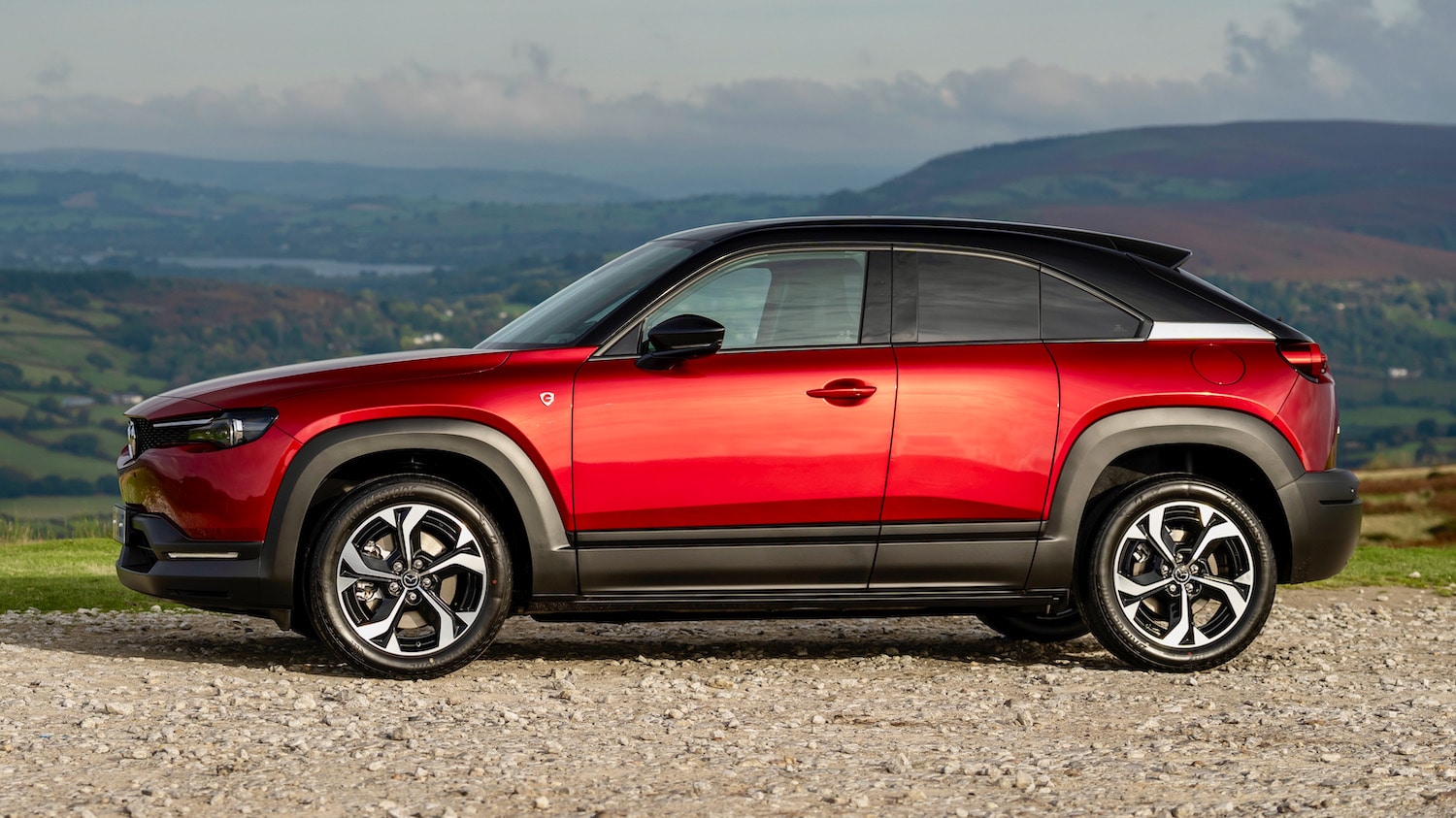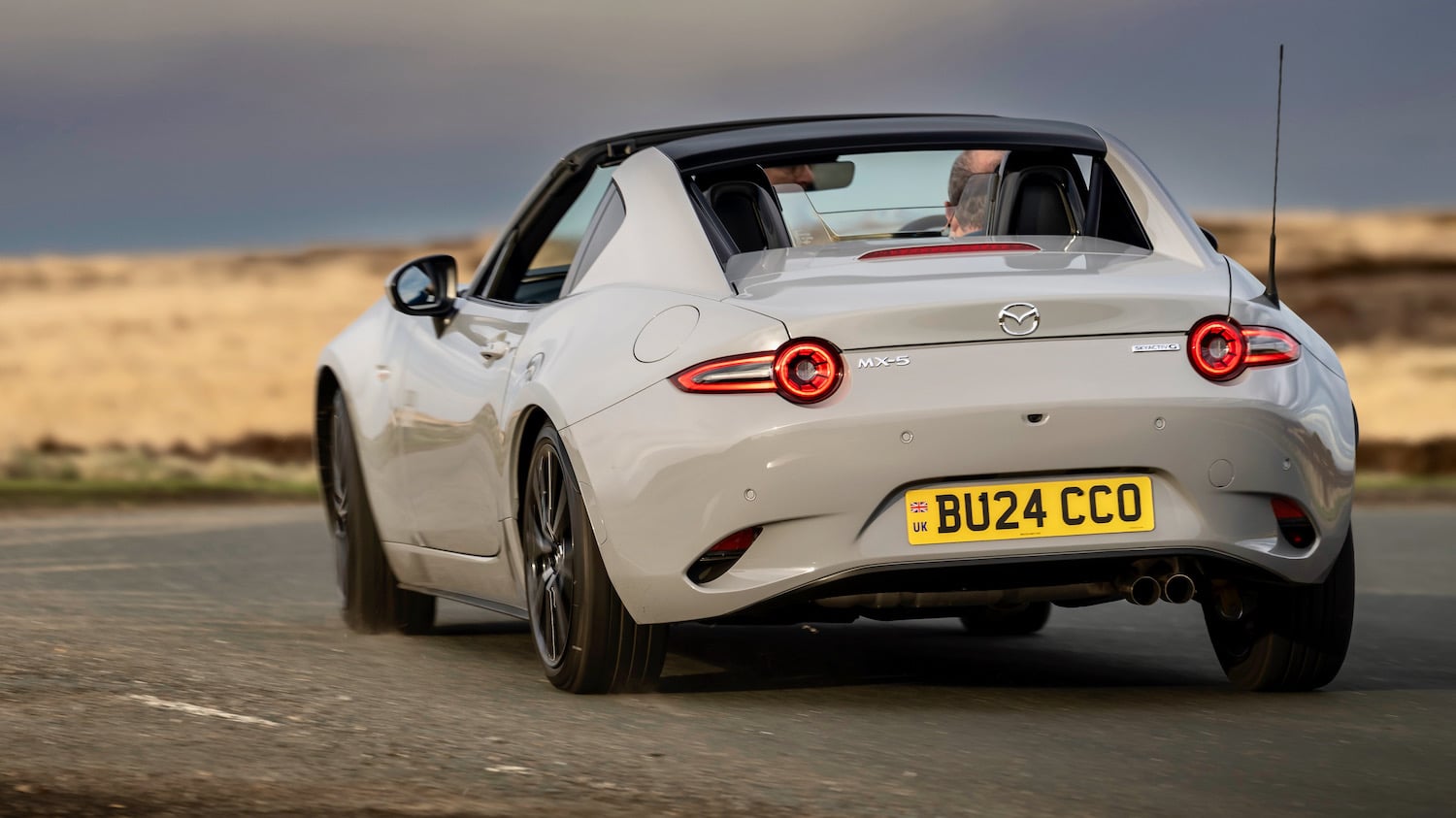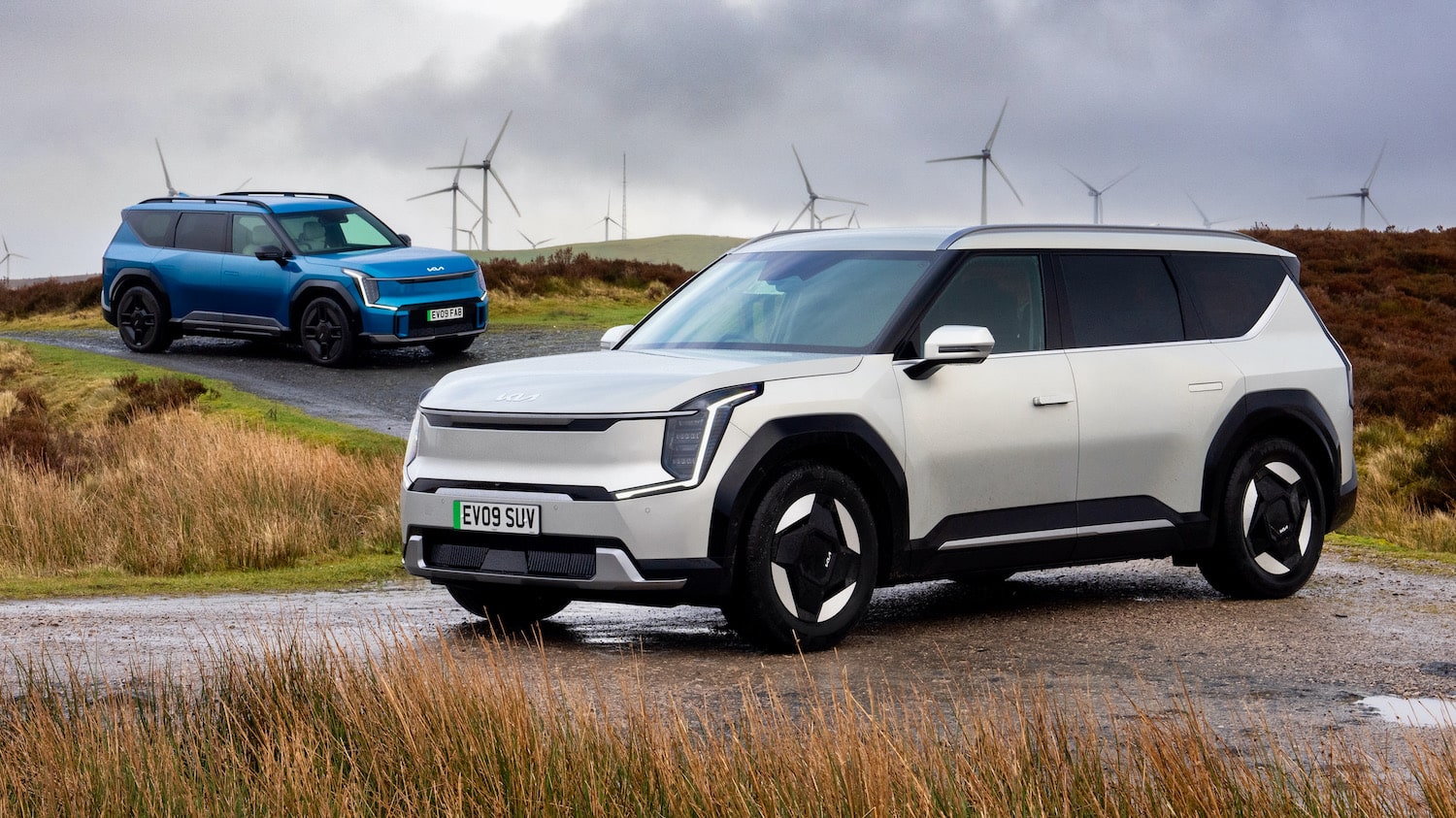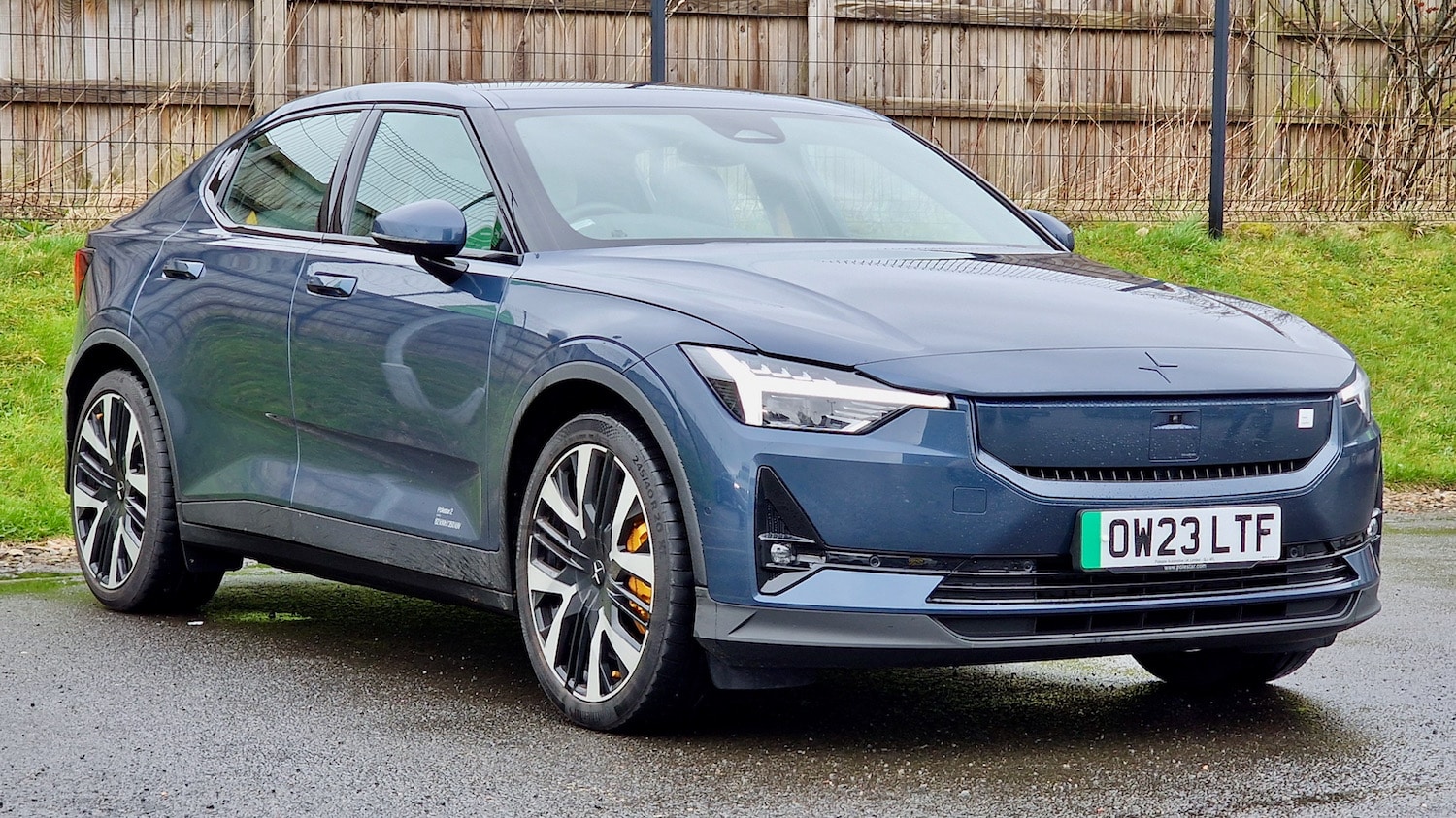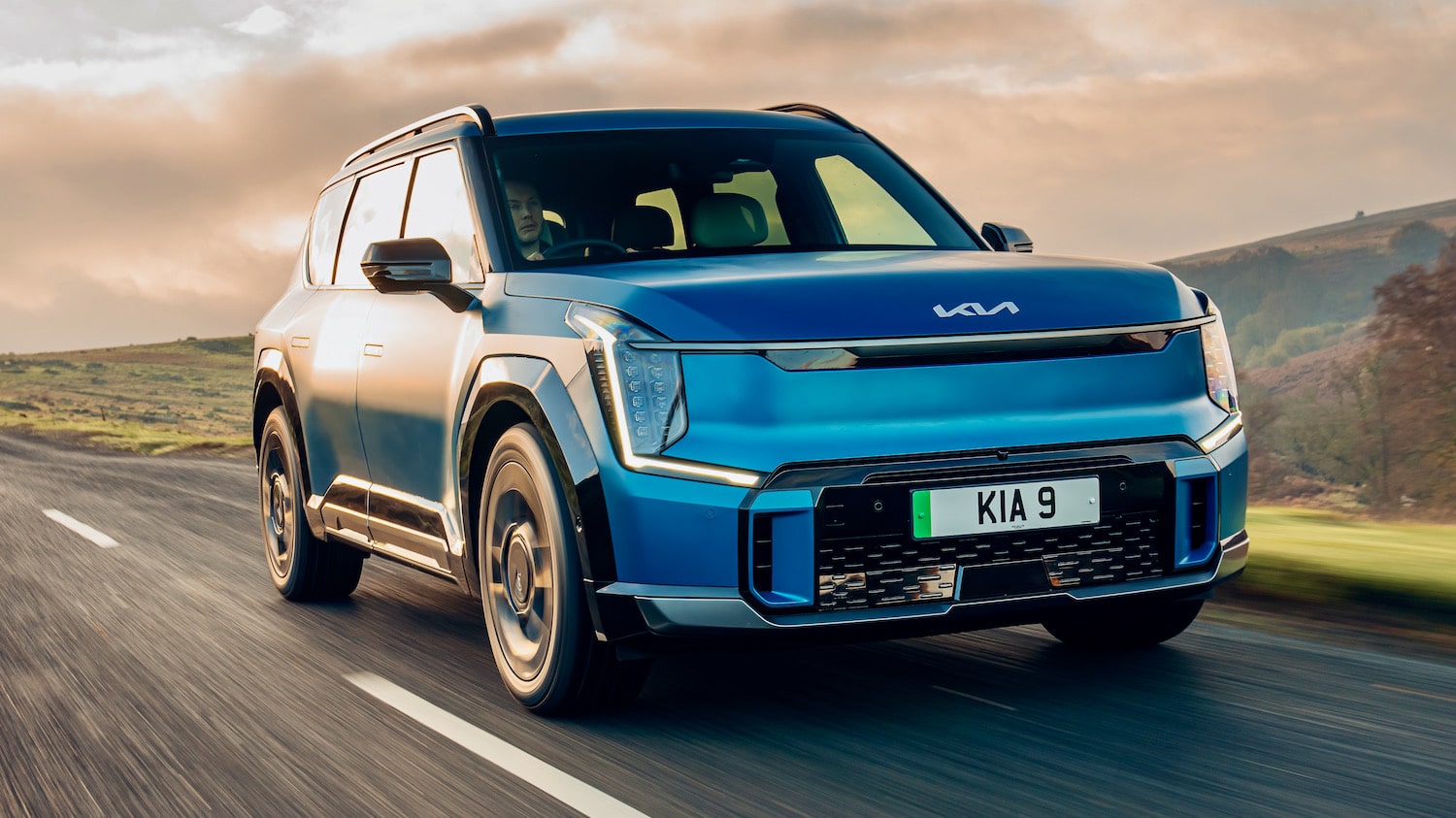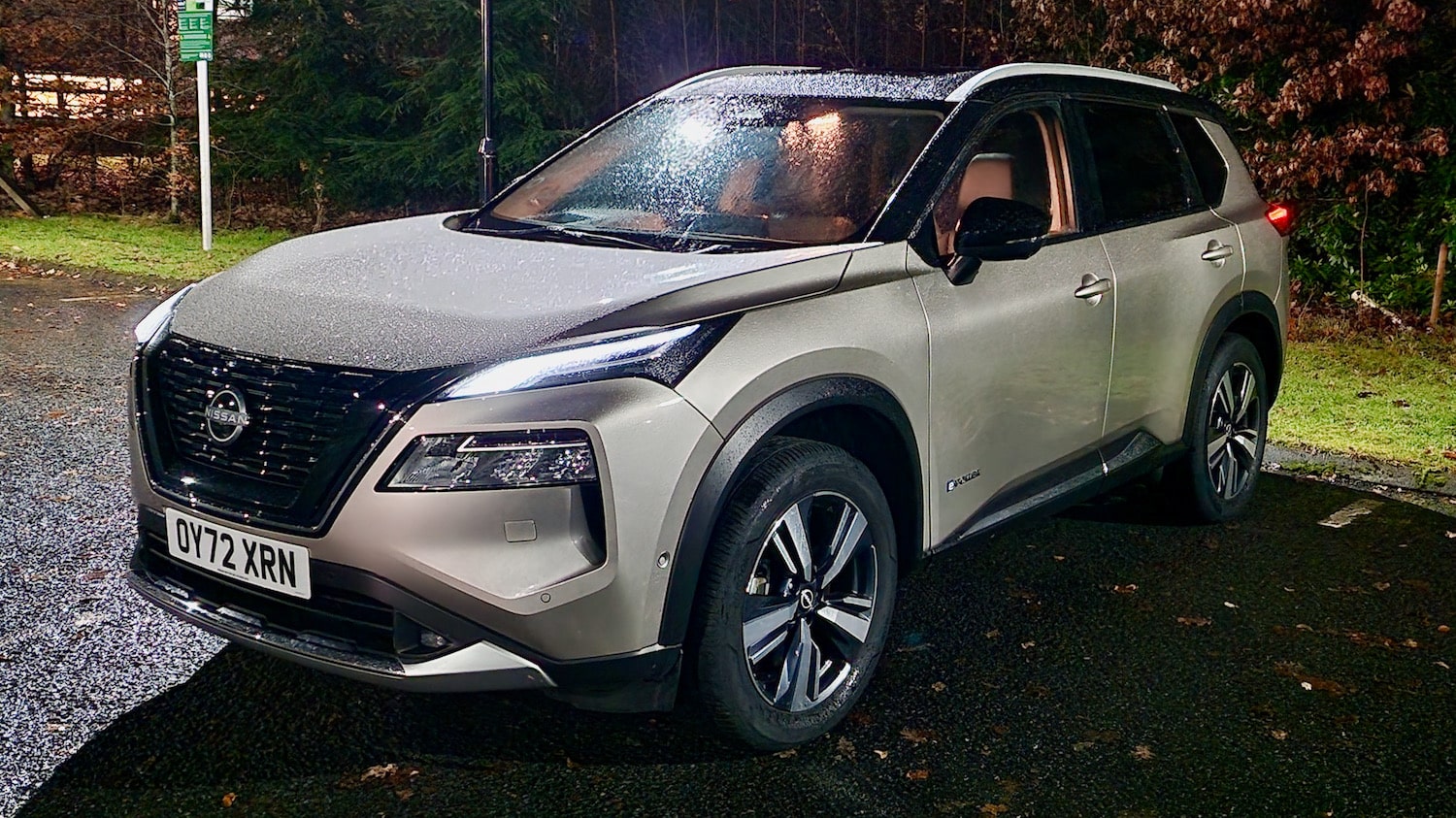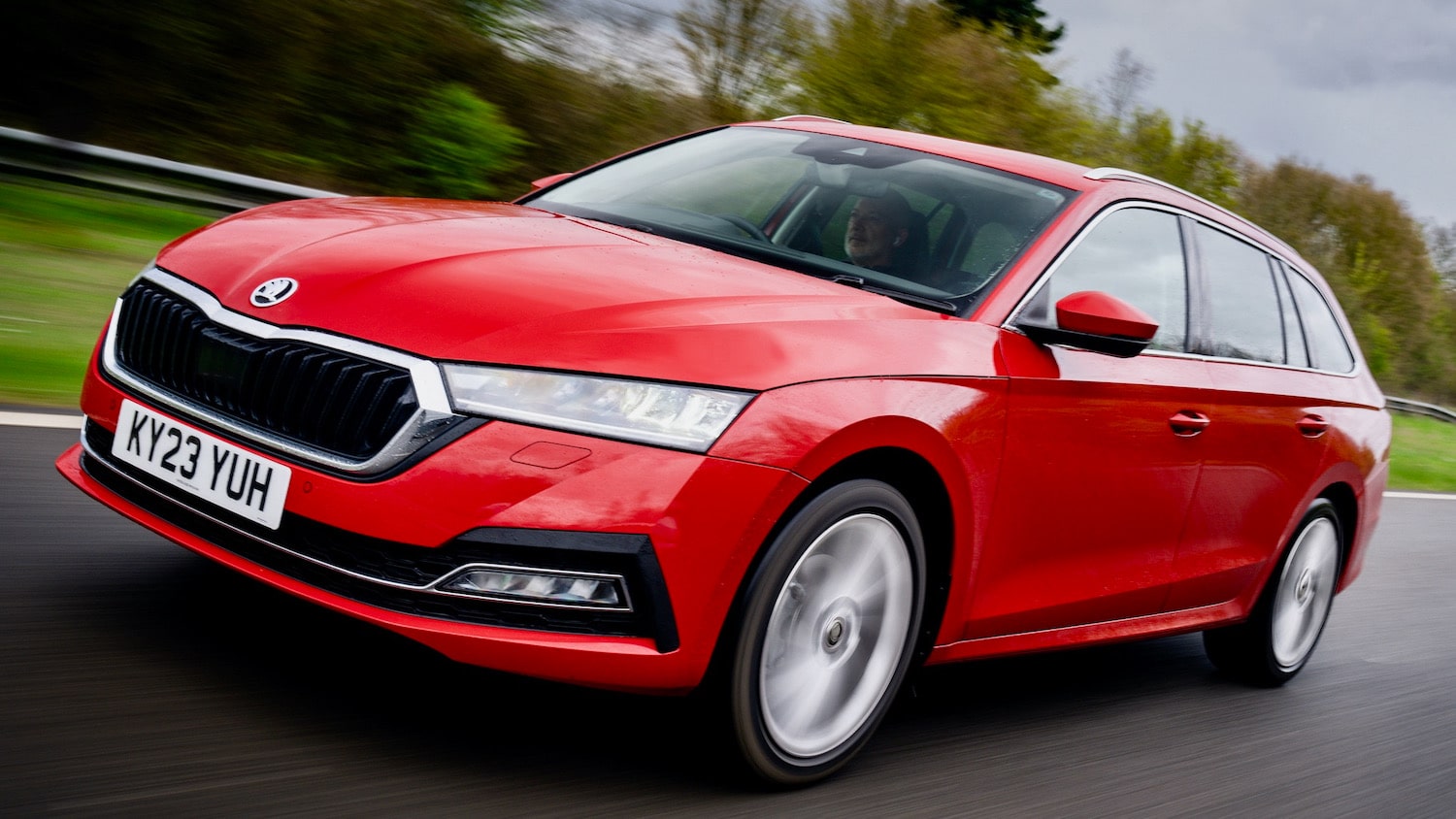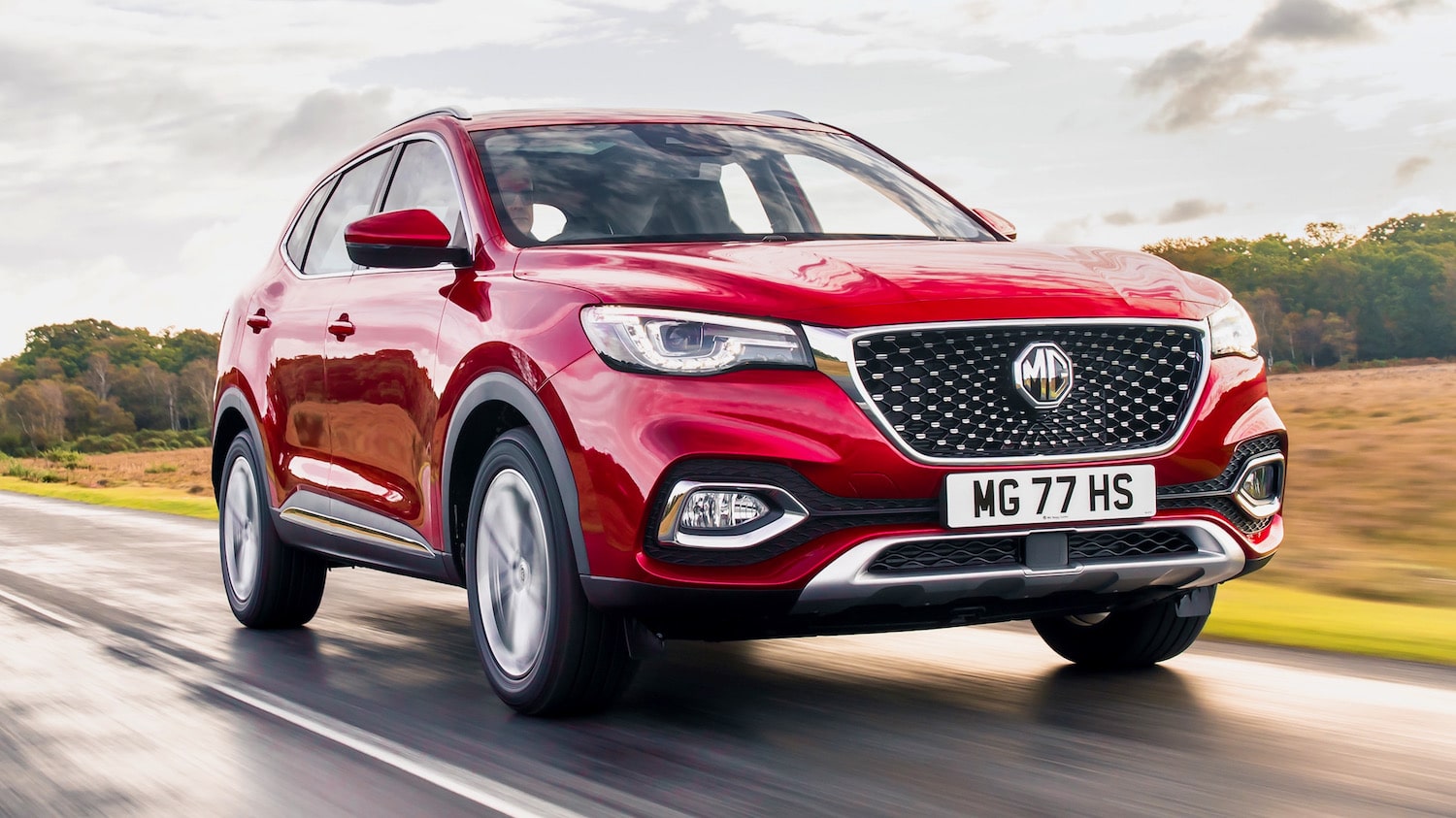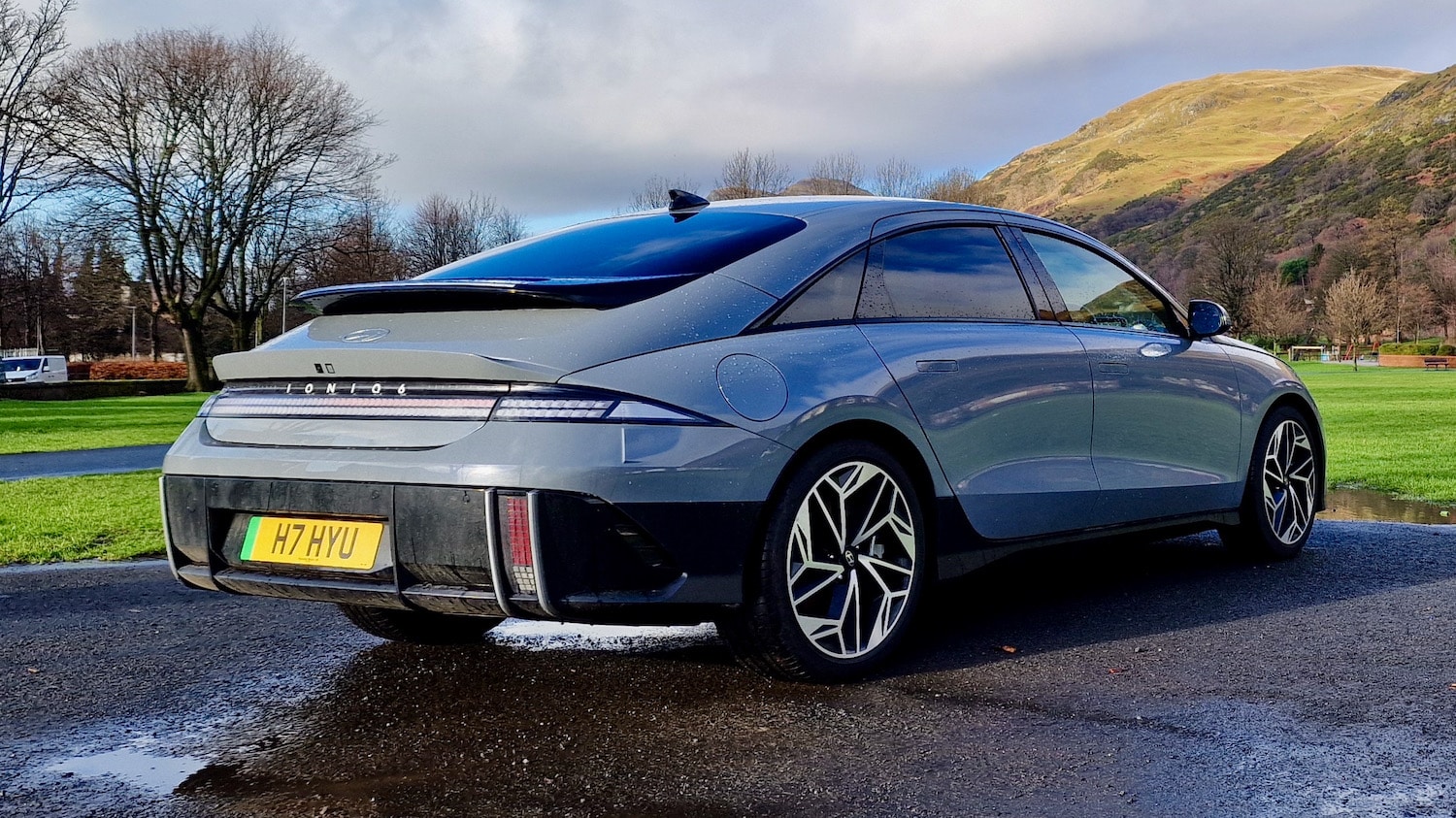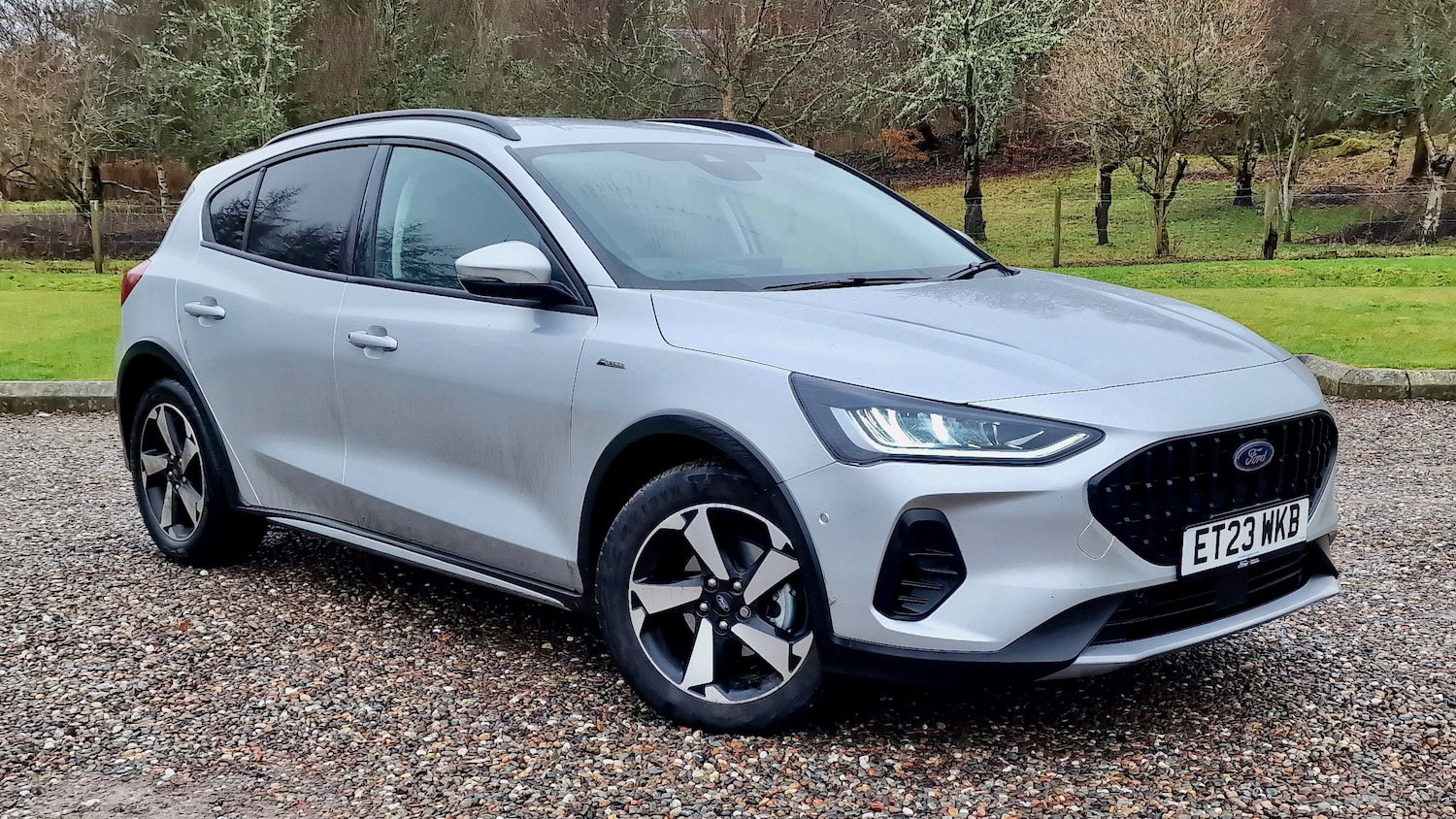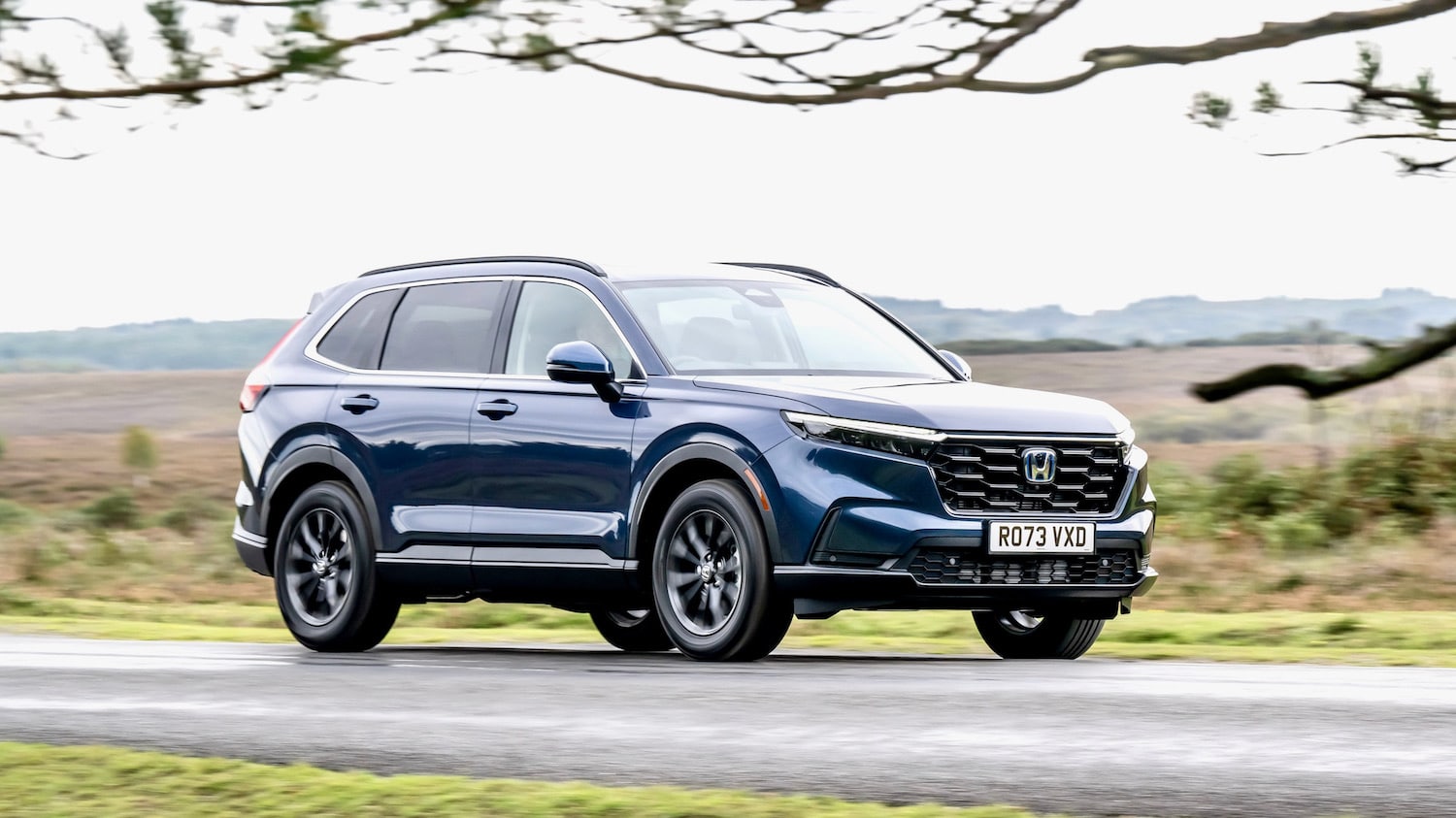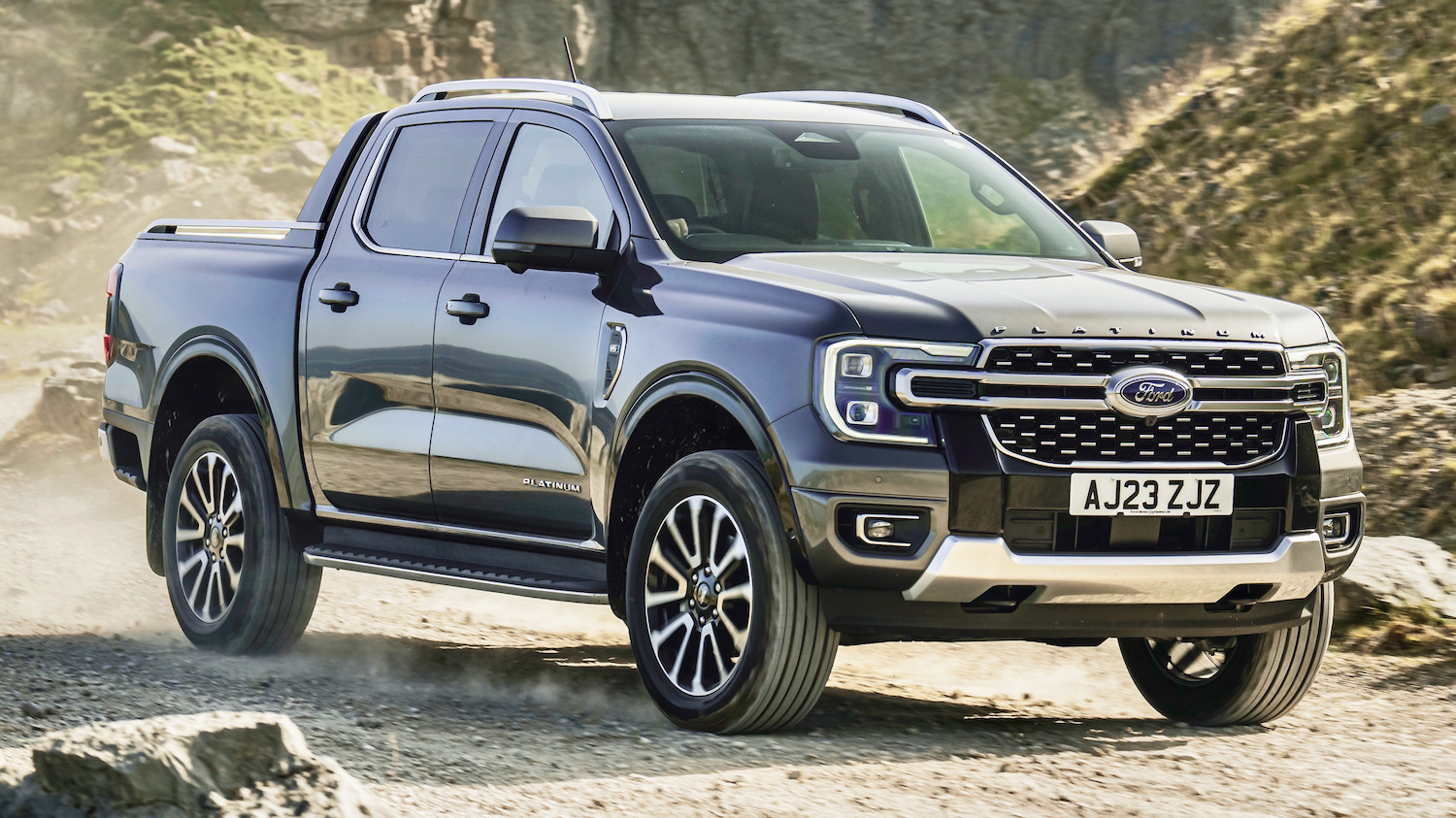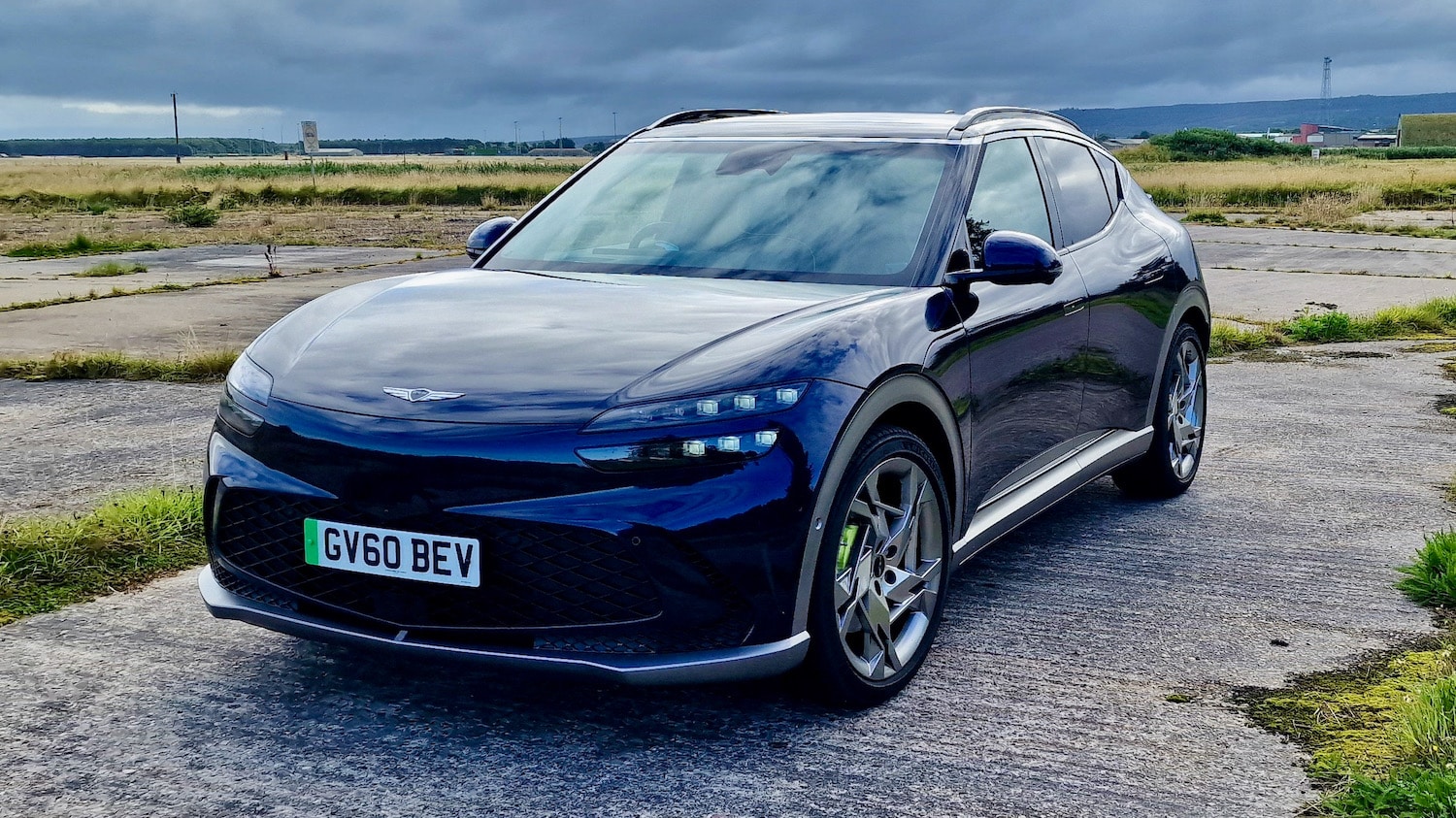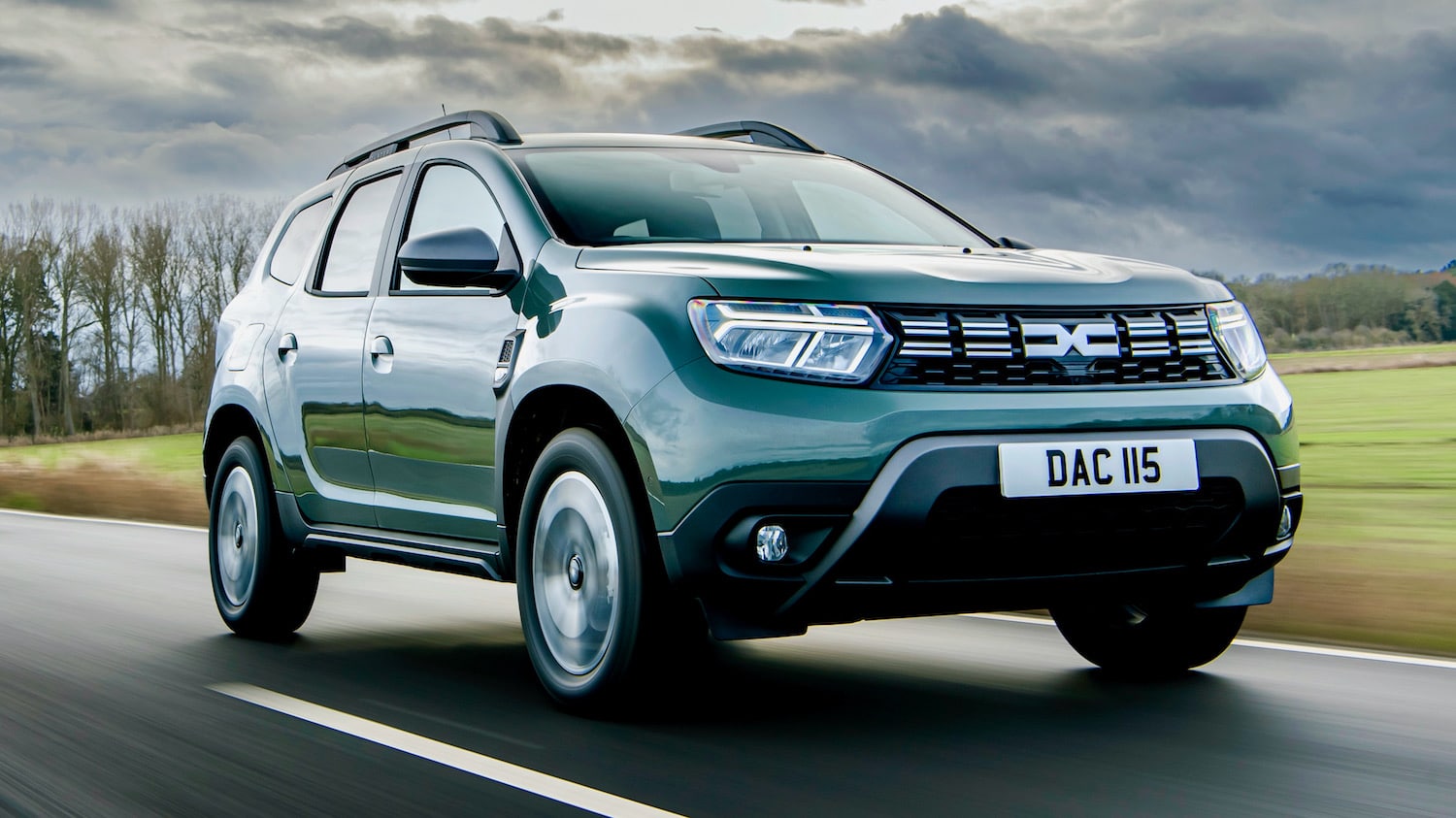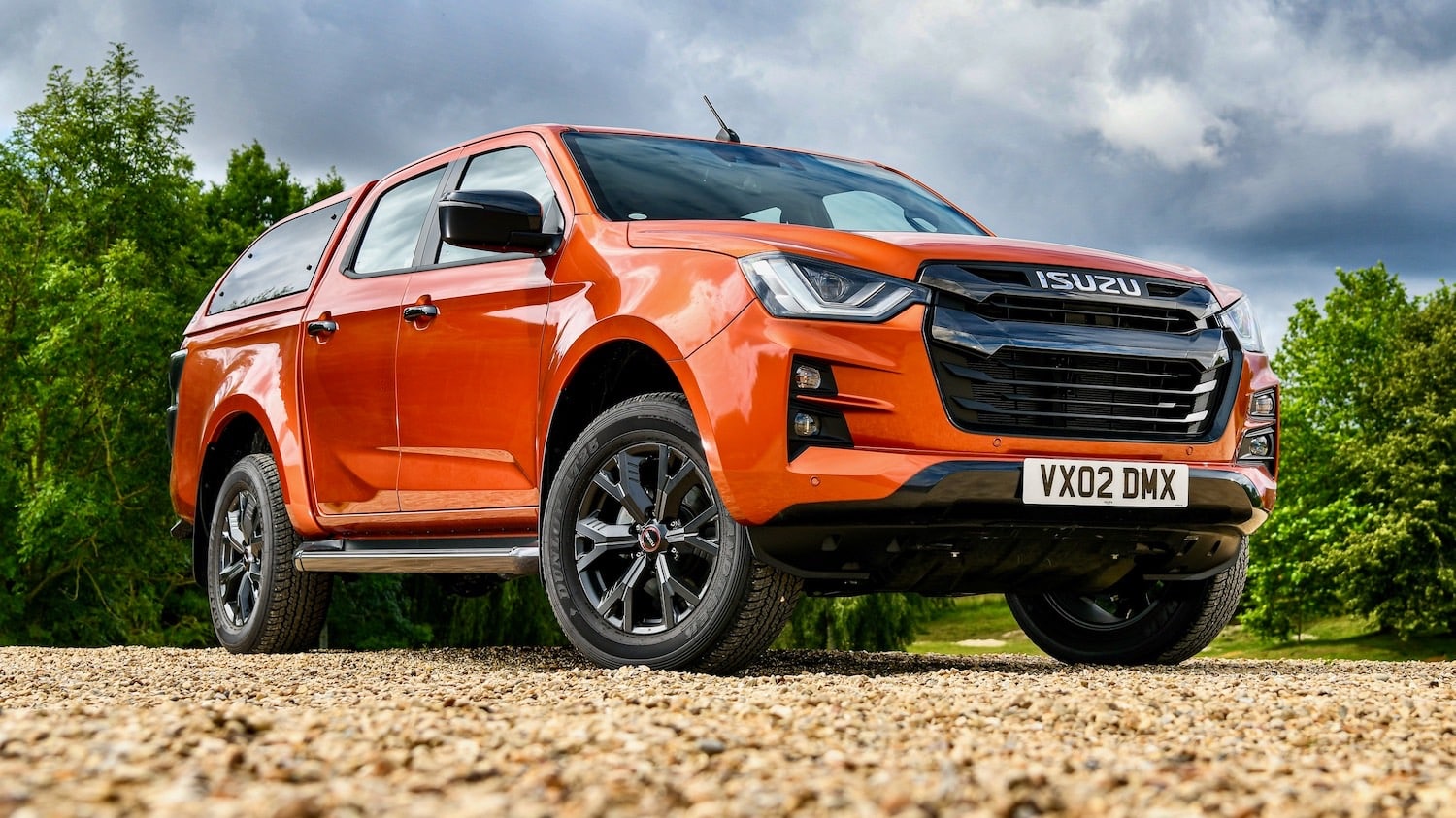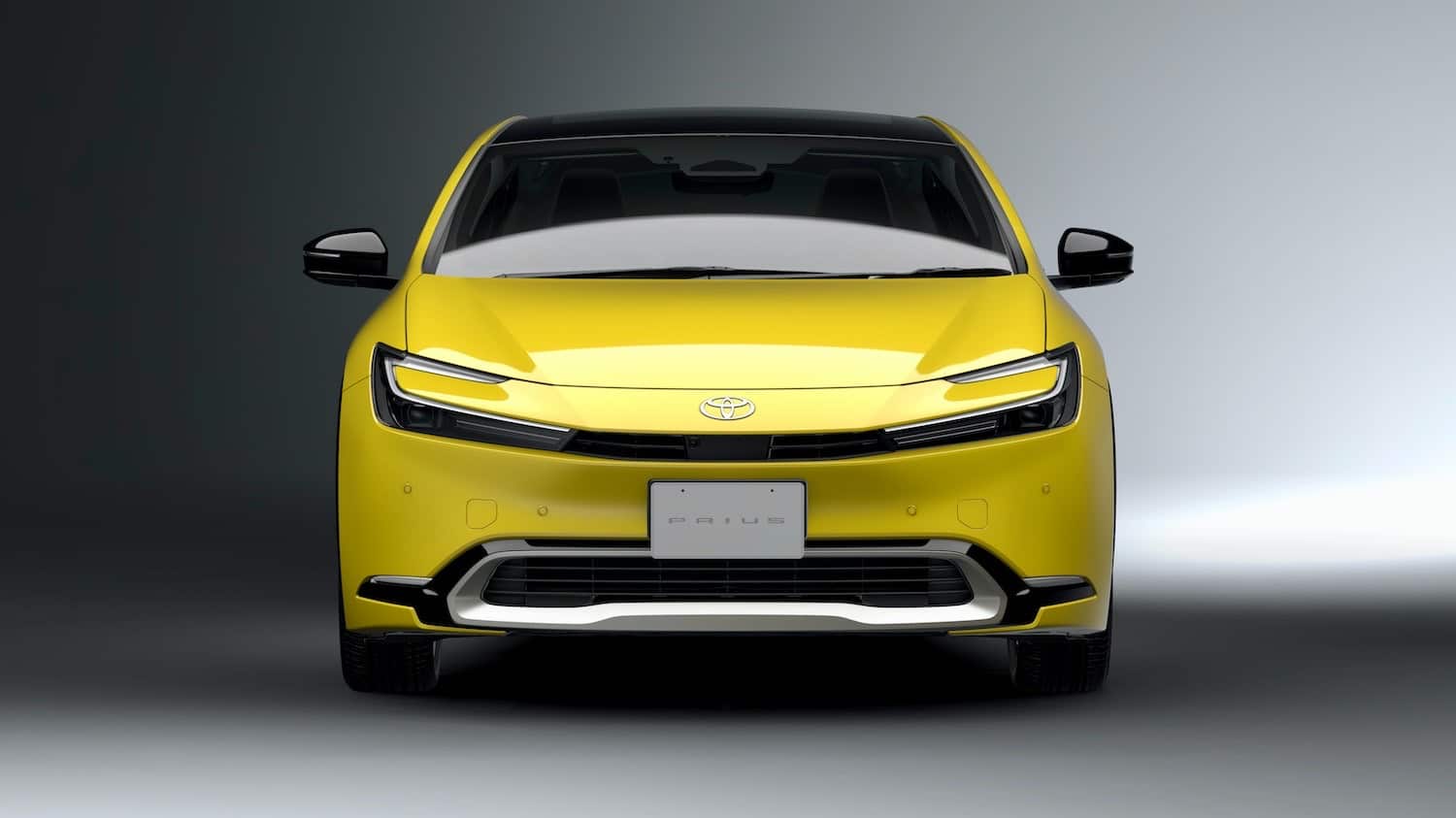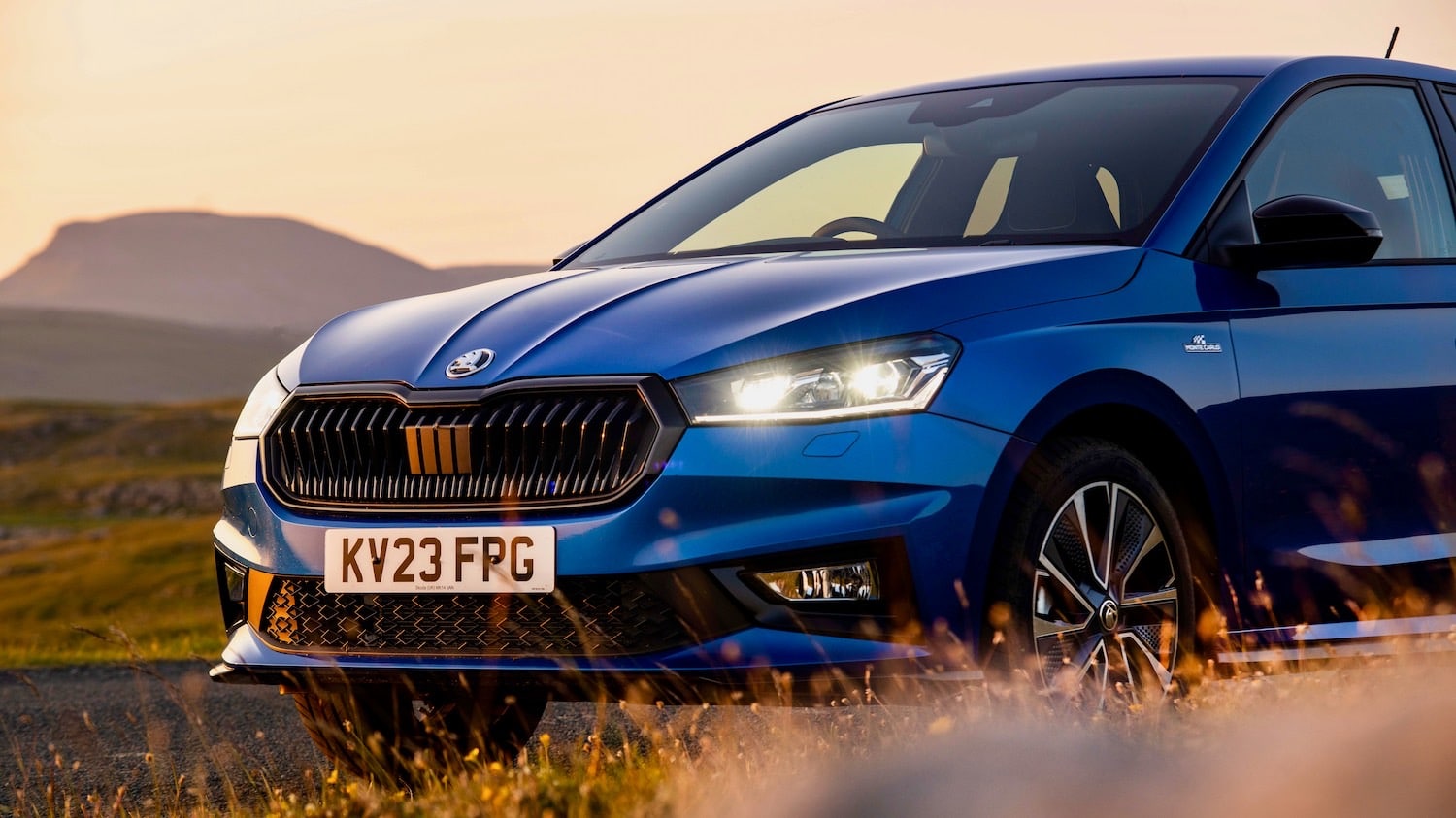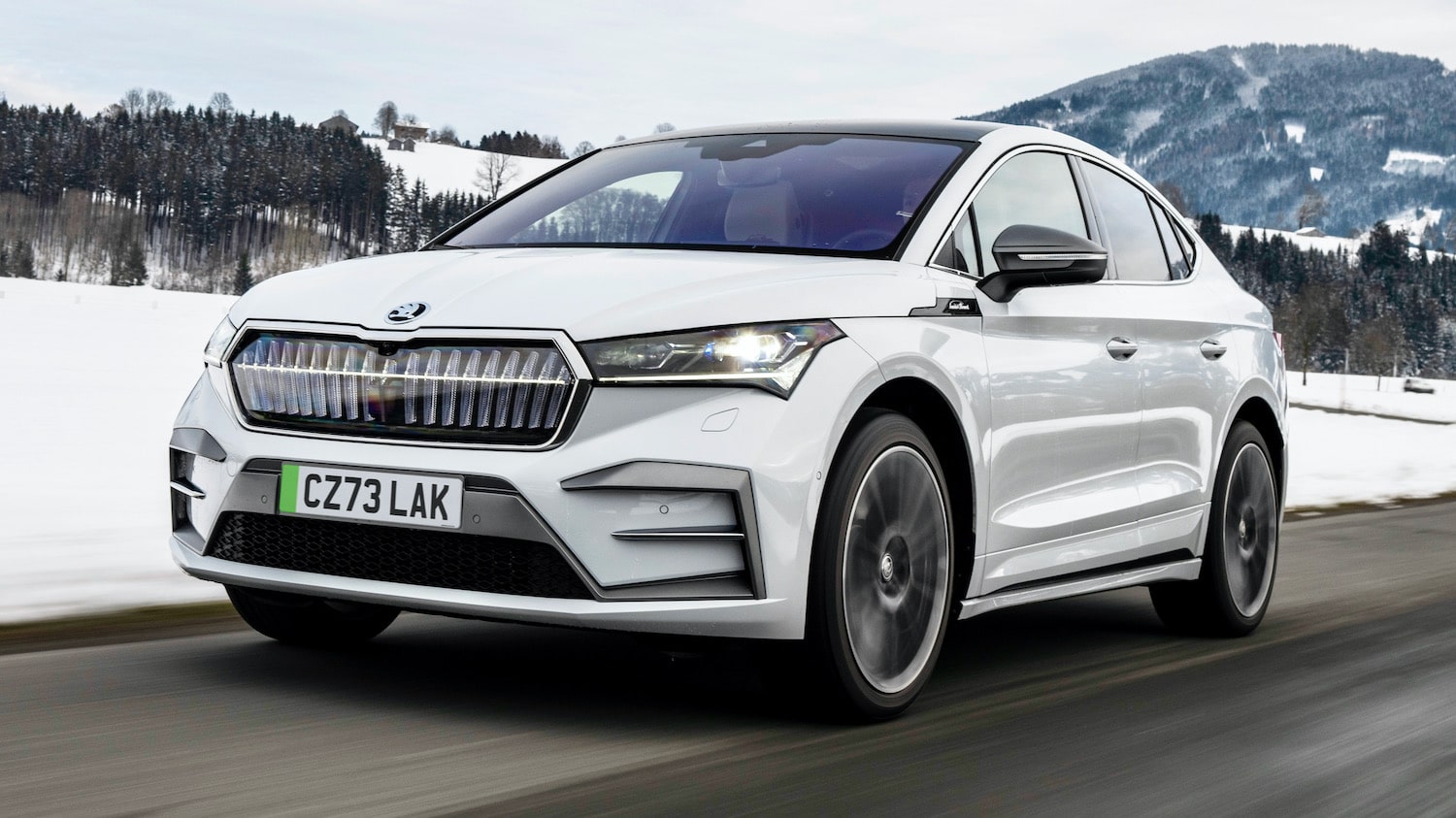The Hyundai Ioniq 6 ev has dared to be different with its design
I will admit, I have driven the RWD Premium and AWD Ultimate a good bit before my test car was delivered. I spent around one hour with each vehicle, but after both drives, my mind was made up about how I felt towards the Ioniq 6. Spending a week with it has just cemented my thoughts.
If you’re reading this, the Ioniq 6 has most likely caught your eye and I don’t blame you. Its design is incredibly unconventional compared to its rivals; the only EV so outlandish is the Kia EV6, in my opinion.
The front is very conventional, and it’s one of the few things that I’m unsure of. It’s like a designer from Hyundai’s Skunkworks division has gone to town on the rear while highly caffeinated, and just as they’ve started designing the front, the coffee machine broke. Our bin men even had a good look while on their monthly green bin uplift. I’ve also heard the word ‘marmite’ being used frequently, but I adore that Hyundai has dared to be different with its design.
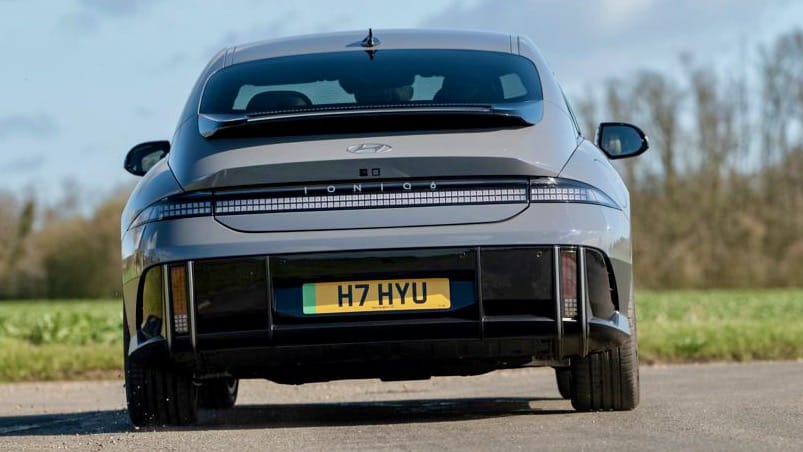
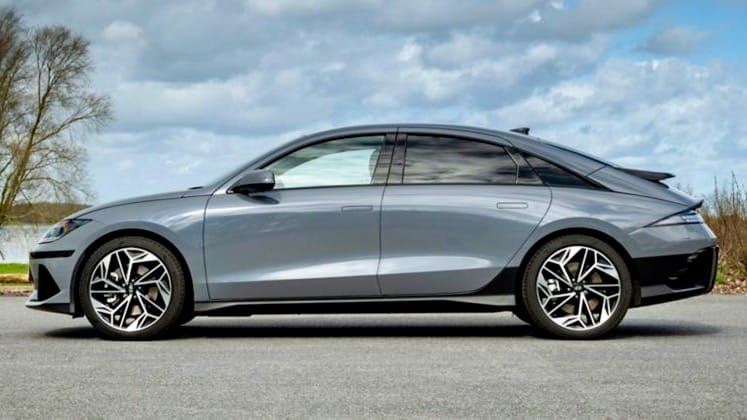
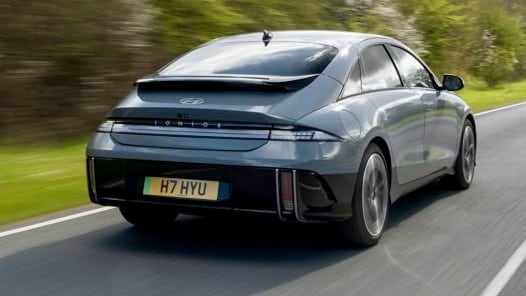
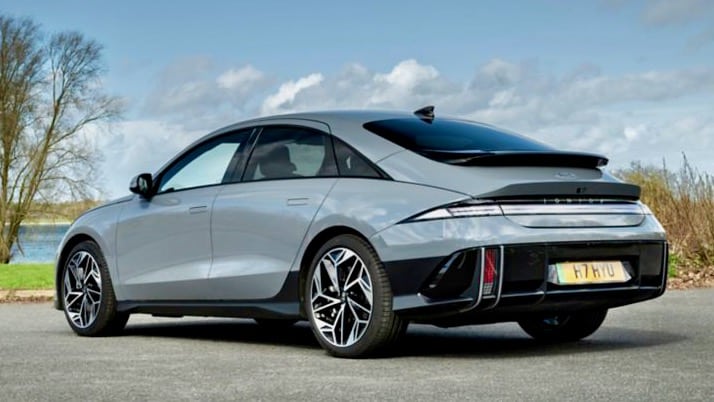
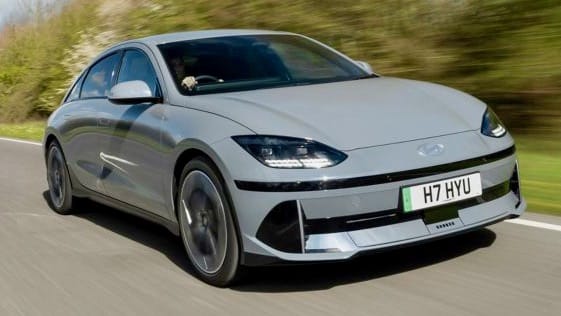
Let’s get some dislikes out of the way. The giant LED brake light at the back dazzles people; I discovered this when someone having a terrible day kept flashing at me every time I tapped the brake pedal. Next is the ride — it’s firm and you’ll feel the difference if you’re coming from an Ioniq 5. The key also feels cheap, but that’s all positives from here on in.
I really do like this car, and I can see why it was crowned Scottish Car of the Year. It gives all the looks of a slippery four-door sports car, provides strong performance, and drops the hammer on some of its competitor’s economy figures.
To give you a real-world economic insight, I attended a meeting at the Dalmahoy Hotel in Edinburgh — roughly a 65-mile round trip. The outside temperature was 2° and the computer showed 79% charge and 196 miles.
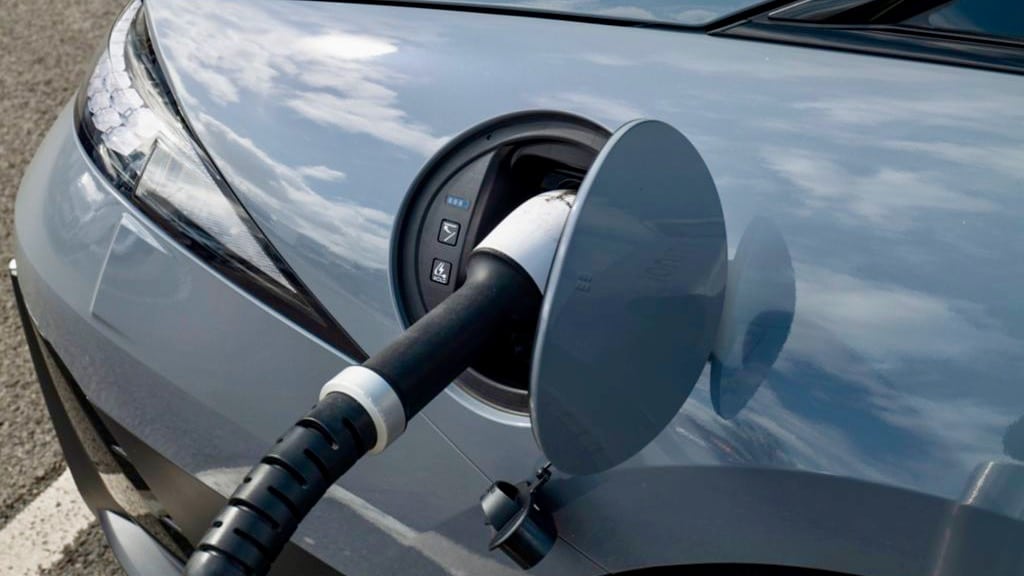
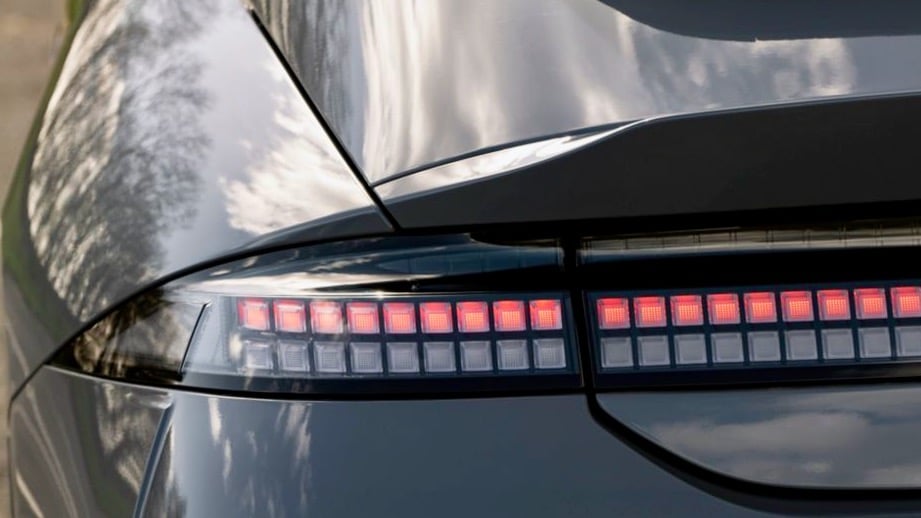
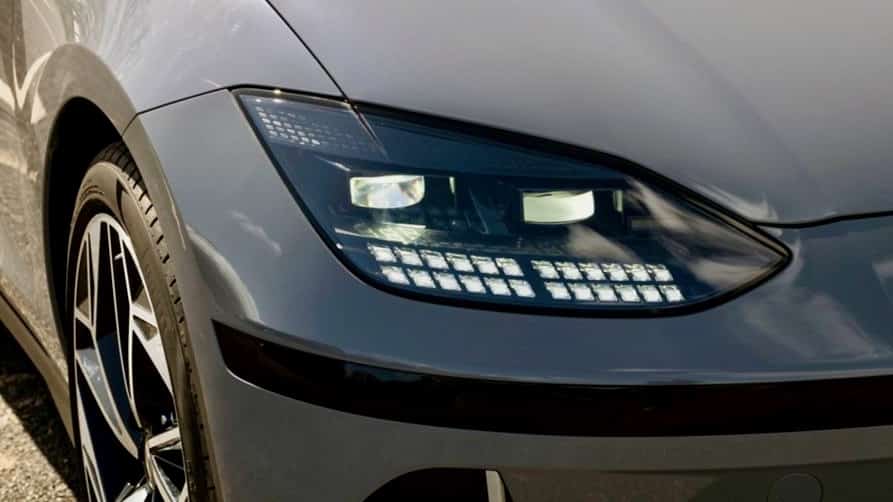
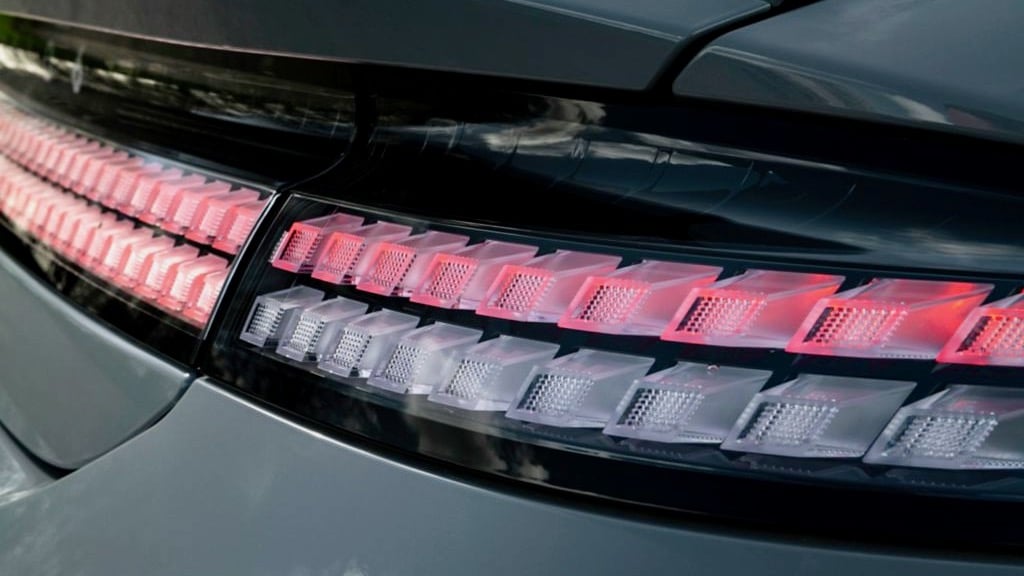
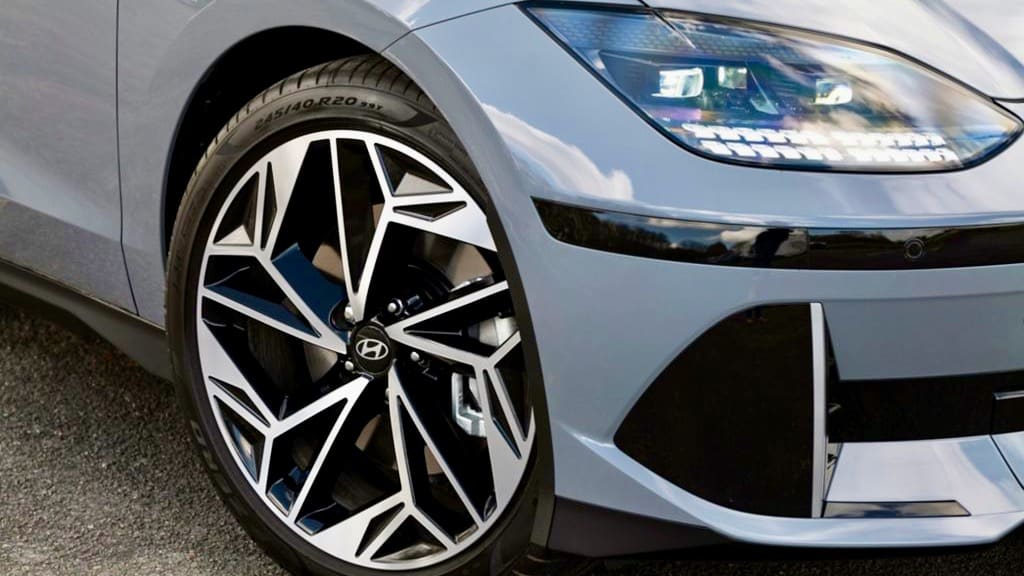
The heated steering wheel and seat were on, and the cabin temperature was set to 24.5°. Upon my arrival home after the meeting, the computer showed 2.8mi/kWh (94.3MPGe), 48% battery, and 110 miles left. In ideal conditions, this is a car that I genuinely believe can return upwards of 4.0mi/kWh.
The low driving position is spot on, the ambient lighting settings are a treat and the mode button on the steering wheel allows for easy switching between eco, normal and sport modes. While the Ioniq 6 could easily promote some hair-on-fire driving thanks to its tight chassis and linear power delivery, I found myself wafting around with Classic FM on — I’m 31 years old!
Using the windshield washers also shuts the front vents to prevent any fluid smell from entering the cabin, a smell that’s honestly never bothered me. Despite its attempts, I could still smell a bit of fluid, but it’s nice that the car tried to sort it out.
When giving it the beans, the pick-up feels quicker than the 7.5sec 0-62mph time suggests. It may only have 225bhp, but it’s plenty for real-world driving and if you’re not careful in wet conditions, it’ll kick like a mule.
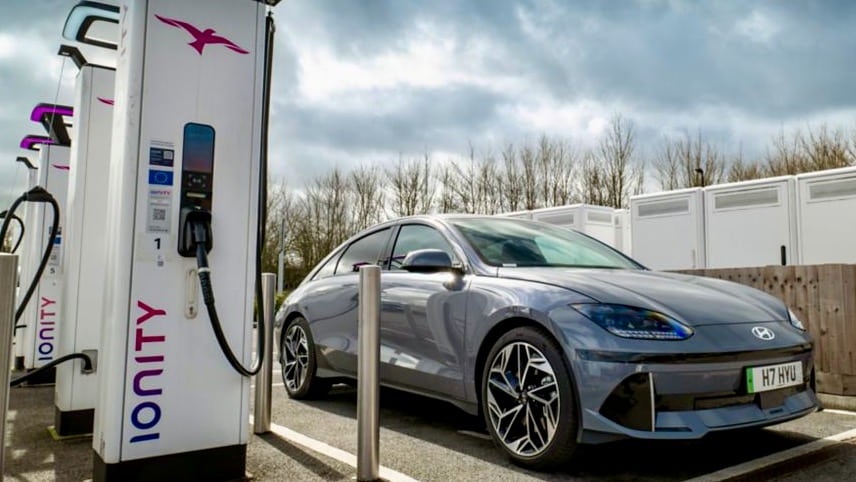
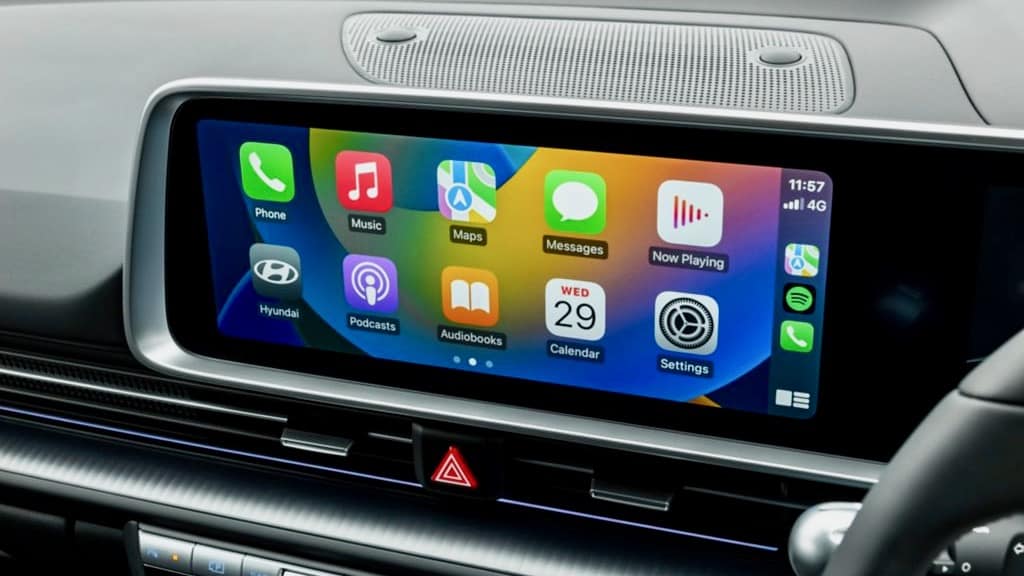
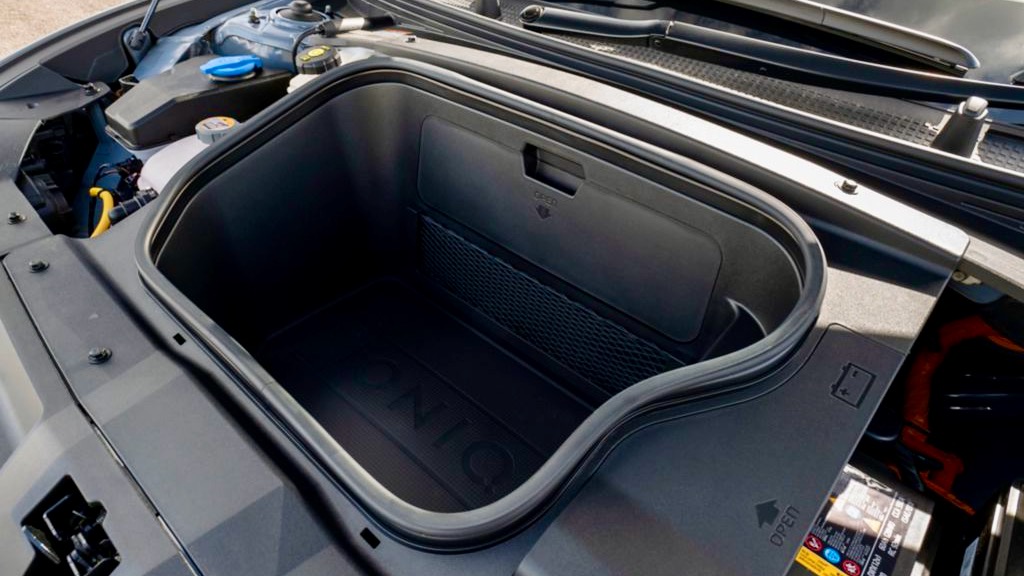
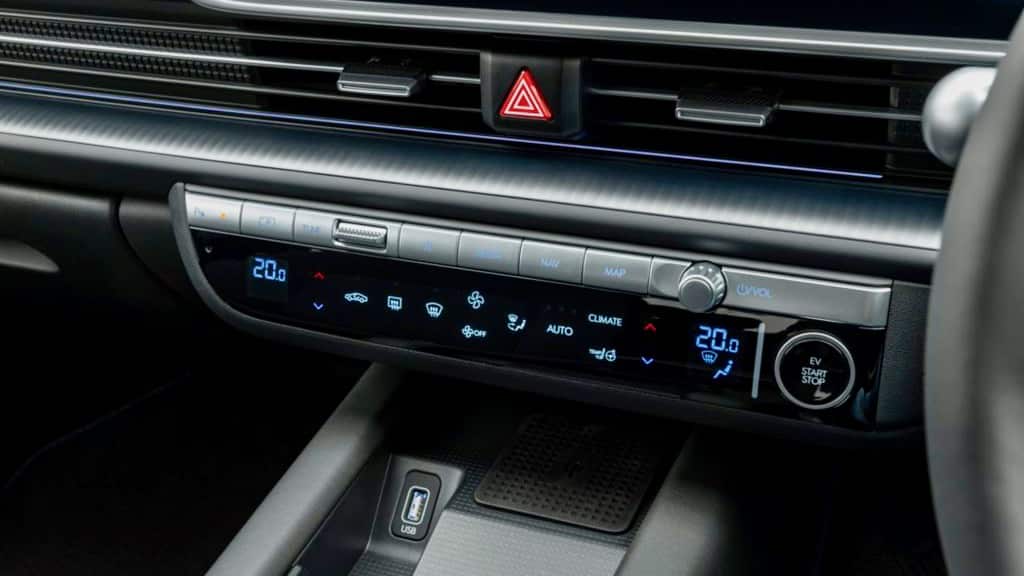
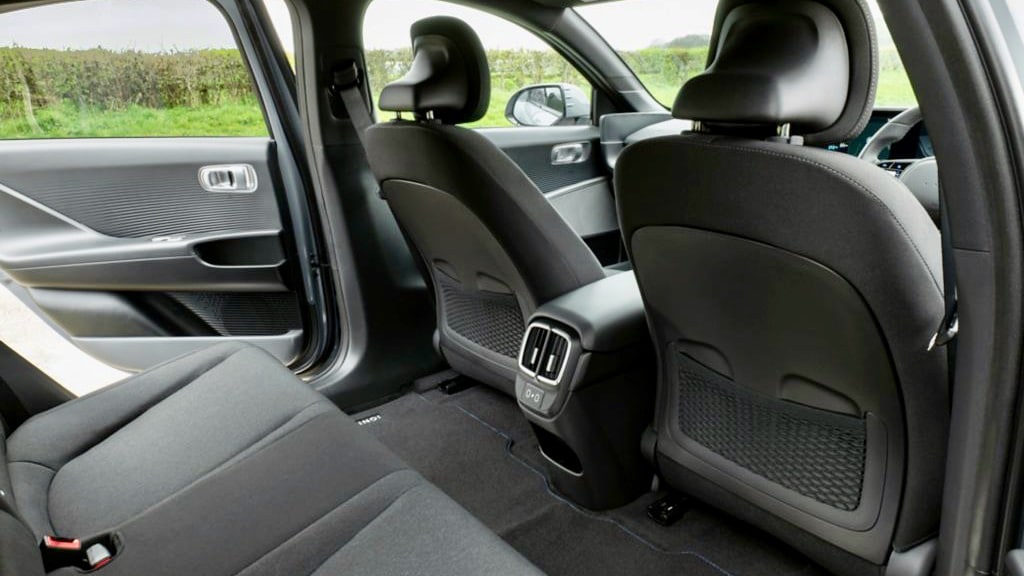
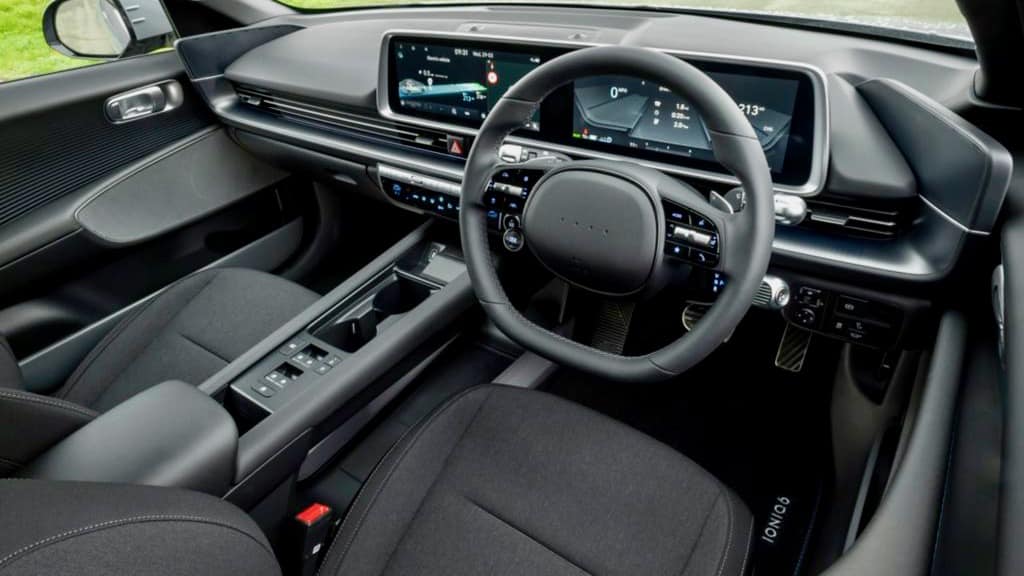
Spending less time at a charger is always a plus. While the Ioniq 6 can charge at 232kW, you’ll need to find a meaty enough charger and as of today, there aren’t many. With 45% and 110 miles left, I topped up at a local 22kW station. Glancing over the wheel, the readout showed a charge rate of 10.7kW and just under five hours to a full charge. Like many places, there’s a four-hour maximum stay to keep charge hoggers at bay. Three hours and 50 minutes later, I returned to the charger and the readout showed 92% and 235 miles.
The Ioniq 6 Premium is priced from £47,040. Spec the AWD and this rises to £50,540. Having the extra power might sound tempting, but I found little performance difference between the two; both cars also get the 77kWh battery. My money would be on the entry-level car — it has everything you need and more.

Matthew MacConnell
Journalist
A motoring journalist from Central Scotland with a Diploma in Freelance and Feature Writing from the London School of Journalism, contributing to various online and print automotive publications. Matthew covers features, news and car reviews and enjoys the fast-paced environment of the motoring world with a strong coffee in hand. From a Honda Jazz to a Lamborghini Reventón there’s nothing off limits.
What the others say on YouTube
A selection of the latest video reviews of this car….Just click to watch on this page.
Recent Reviews
The latest cars, suvs and crossovers reviewed by our experienced journalists.
Kia EV9 GT-Line S, a modern day spaceship
The Kia EV9 isn’t just another SUV. It’s a lifestyle choice, navigating family practicality with a s…
Nissan X-Trail e-Power, takes charge
The Nissan X-Trail e-Power, no need to charge this one Car Reviewed: Nissan X-Trail e-Power Tekna Wh…
Hyundai Ioniq 6, an attractive proposition
The Hyundai Ioniq 6 ev has dared to be different with its design Car Reviewed: Hyundai Ioniq 6 If yo…
Škoda Enyaq L&K, Luxury Model on the way
A new L&K model has been added to the award-winning Enyaq range by Škoda. The new model is the f…
